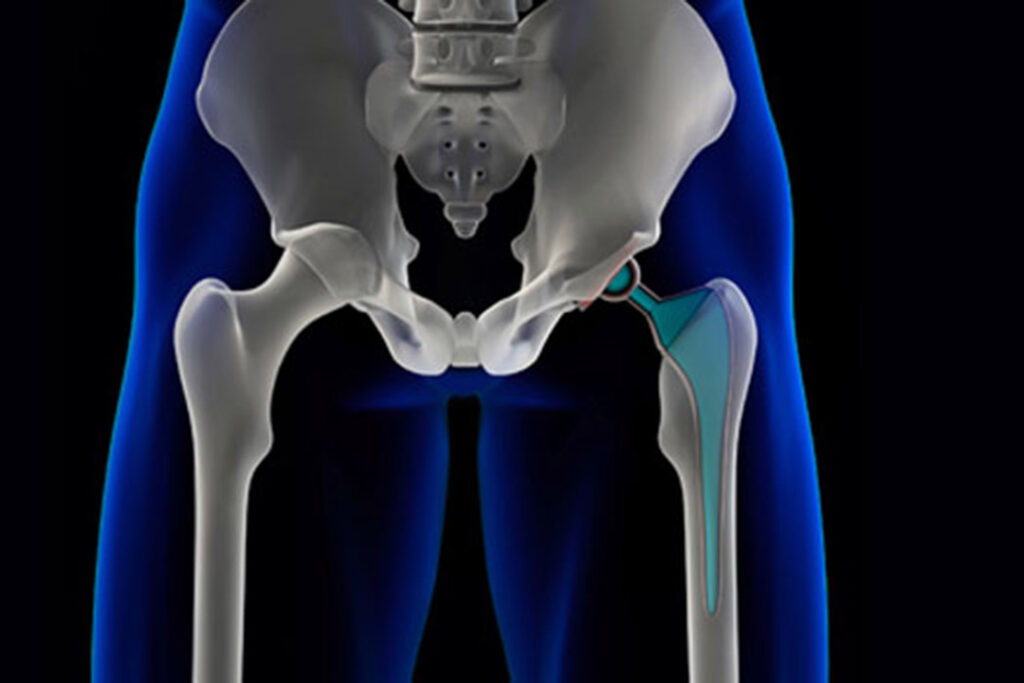Hip and Knee Clinic
Orthopaedic Surgery Sydney

Hip & Knee Orthopaedic Clinic
AM Orthopaedics provides a high standard of care in the treatment of orthopaedic conditions of the hip and knee.
An orthopaedic surgeon is a medical professional who specialises in diagnosing, treating, preventing and rehabilitating musculoskeletal injuries and diseases, both surgically and non-surgically, in people of all ages. The musculoskeletal system includes bones, joints, ligaments, tendons, muscles and nerves.
HIP CONDITIONS
- Avascular Necrosis (AVN)
- Bursitis
- Degenerative Joint Disease
- Developmental Dysplasia
- Dislocations
- Fractures
- Hip Fractures
- Legg-Perthes Disease
- Osteoarthritis
- Osteonecrosis
- Pelvic Fractures
- Psoriatic Arthritis
- Rheumatoid Arthritis
- Slipped Capital Femoral Epiphysis
- Strain/Sprain Injuries of the Hip
- Strain/Sprain Injuries of the Thigh
- Traumatic Osteoarthritis
KNEE CONDITIONS
- Arthritis
- Articular Cartilage Problems
- Chondromalacia Patella
- Degenerative Arthritis
- Fractures
- Hamstring Injuries
- Ligament Injuries
- Iliotibial Band Syndrome
- Osteoarthritis
- Patellofemoral Pain Syndrome
- Pes Anserine Bursitis of the Knee
- Prepatellar Bursitis
- Sprain/Strains of the Knee
- Traumatic Arthritis
Orthopaedic Treatments
- Total hip replacement / arthroplasty;
- Anterior Minimally Invasive Hip Replacement / Arthoplasty ( AMIS®);
- Hip Resurfacing;
- Revision hip replacement / arthroplasty;
- Treatment of arthritic conditions of the knee;
- Total knee replacement / arthroplasty (including minimally invasive and computer-assisted techniques);
- Unicompartmental knee resurfacing;
- High Tibial Osteotomy;
- Revision knee replacement / arthroplasty;
- Arthroscopic (“key-hole”) knee surgery (including meniscal surgery);
- Sports knee surgery;
- ACL (anterior cruciate ligament) reconstruction;
- PCL (posterior cruciate ligament) reconstruction; Fractures.
Arthroplasty Surgery
All arthroplasty (joint replacement) surgery is conducted using the local infiltration analgesia (LIA) technique to minimise post-operative pain. Furthermore, arthroplasty patients are mobilised within 4 hours of surgery. The aim is to reduce post-operative complications by reaching a safe level of independent mobility quickly and discharging the patient to the home environment early. A venous thromboembolism (VTE) prophylaxis protocol is used for all arthroplasty patients according to the guidelines of the American Academy of Orthopaedic Surgeons. All post-operative arthroplasty patients are supplied with the surgeon’s mobile phone number to call with their concerns at any time.


